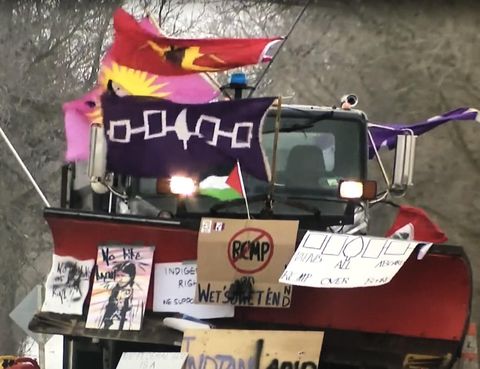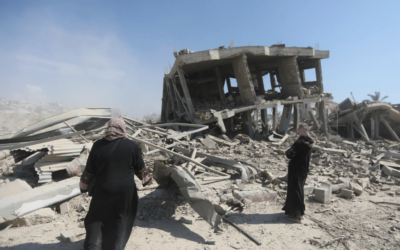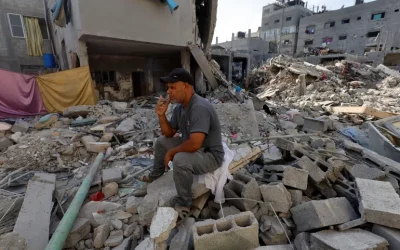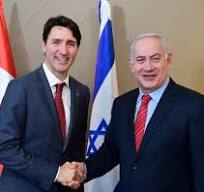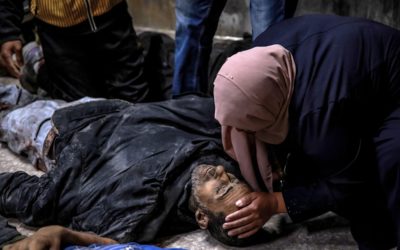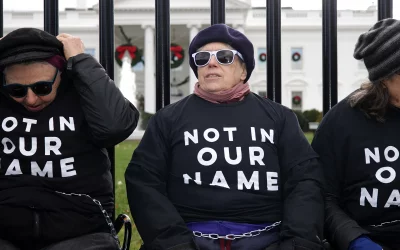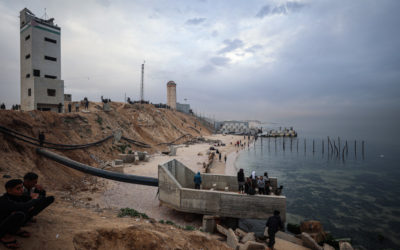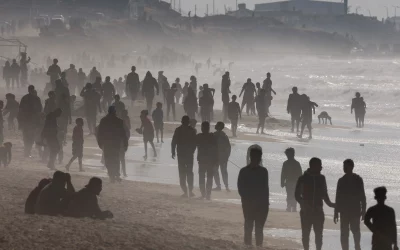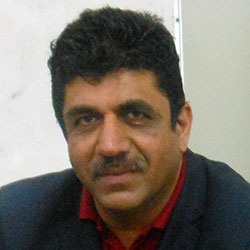Drew Hayden Taylor
Imagine a small chunk of land, deemed important, is engulfed by conflict between two opposing sides with different belief structures and cultures. Both are certain this parcel of land belongs specifically to them or should belong specifically to them. And they are willing to fight for it.
One group of people is small in numbers, determined, underrepresented, poorly armed, defending what they think is theirs, willing to die for that land (but hopefully not). Their opponents are a much larger nation, well-armed with state-of-the-art methods of violence, lashing out at those they believe are terrorists but lacking in public support.
David and Goliath. The privileged versus the oppressed. Good guys versus bad guys. Cowboys and Indians.
Some might think I’m talking about the troubles in Israel and the Palestinian territories. Granted, the shoes do fit those particular feet. But actually, I’m referring to the events that happened in Oka 31 years ago.
Both disputes involve lost or appropriated land, a displaced people with little authority over their existence, a certain blindness by the powers that be to their plight – and a boiling point. The same could be said for Ipperwash, Gustafsen Lake and all the rest of the clashes that made the 1990s in Canada a period of intense First Nation civil disobedience.
A history note for those too busy listening to Nirvana back then: In 1990, the small Quebec town of Oka decided it wanted to add another nine holes to its golf course and, for some reason, felt the best and least difficult location to do that was on a traditional burial ground held sacred by the local Mohawk/Haudenosaunee community of Kanesatake. An occupation was arranged. The cavalry, otherwise known as the Sûreté du Québec, was called in to quell the Indigenous insurrection. A very brief but deadly gun battle occurred, resulting in the death of one officer. Fearing an uprising, the federal government called in their big guns to deal with the troublemakers: the army.
In response, the Mohawk/Haudenosaunee called in their big guns. Indigenous filmmaker Alanis Obomsawin showed up with a camera crew. Several of her revealing and award-winning documentaries showed the injustice of the situation.
And the rest, as they say, is history. Eventually, the federal government bought the golf course to prevent further development.
Many of the issues happening in Gaza are uncomfortably similar to our history here. Palestinians, once under the control of the British Empire, longed for their own independent homeland. One could argue the Gaza Strip is one big reserve, while the other side jealously protects its own territory, unwilling to share – even doggedly whittling away chunks of its opponent’s land. That sounds remarkably familiar. Indeed, Kanesatake is a checkerboard First Nation, with squares of land having been sold off by those who were supposed to be guarding the community’s best interest.
Add in the fact that less than four per cent of the fresh water in Gaza is drinkable, according to Oxfam; that the unemployment rate is nearly 50 per cent, as of June 2020; that more than a quarter of the children in the Gaza Strip and West Bank who are five years old or younger suffer from anemia, according to the World Bank. It all sounds uncomfortably Indigenous. All that’s missing in this Middle East scenario seems to be some bannock and a Warriors flag.
Perhaps this is why so many First Nations people here in Canada find themselves in support of the Palestinian struggle. It’s a big, complex world out there, but a quick scan of the social media accounts of many Indigenous people shows immense solidarity with those in the Gaza strip. The myriad similarities don’t seem to be lost on many Indigenous people; after all, birds of a feather do tend to flock together (no, that’s not an Indigenous aphorism). It wasn’t so long ago that Canadian army tanks rolled down the streets of those small Quebec communities, or tactical police with snipers took up position, prepared to disperse and remove Indigenous people from ancestral land they were trying to reoccupy, as was the case in Ontario’s Ipperwash Provincial Park or in the recent B.C. conflict with Wet’suwet’en hereditary chiefs and their supporters.
With all that said, I’m well aware the issues involved in this Middle East crisis are deep-rooted. Organizations like the Palestinian Liberation Organization and Hamas, surrounded by a nation with more space, more resources and more international support, have frequently lashed out with their own violence in an effort to carve out a nation and say, “We are a people.”
And I do realize that when somebody hits you with a stick, your natural impulse is to hit them back with a bigger stick. But as Canadian-Indigenous relations have taught us, the more you put people in a box, they more they will fight to get out of that box.
Yes, it does take two to fight. But it only takes one to bully.
Drew Hayden Taylor is an Anishnawbe playwright and humourist.
Adapted from: https://www.theglobeandmail.com/opinion/article-for-many-indigenous-people-memories-of-oka-are-driving-solidarity-with/
DISTRIBUTED BY PAJU (PALESTINIAN AND JEWISH UNITY)
PAJUMONTREAL.ORG/EN
